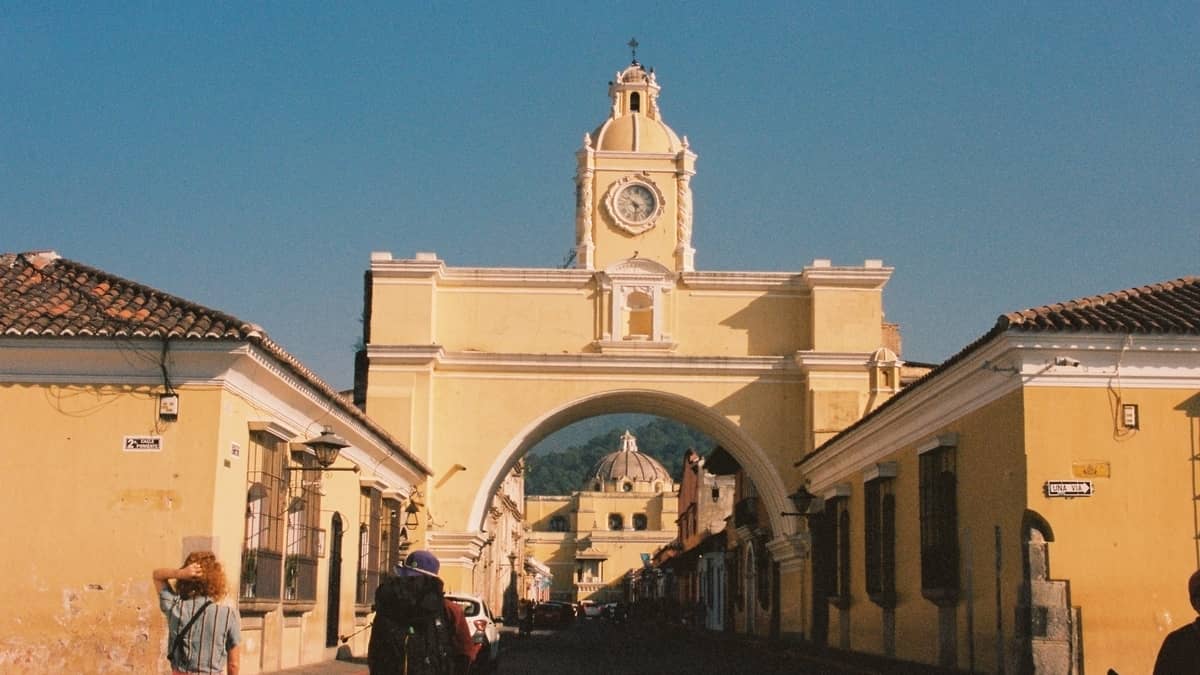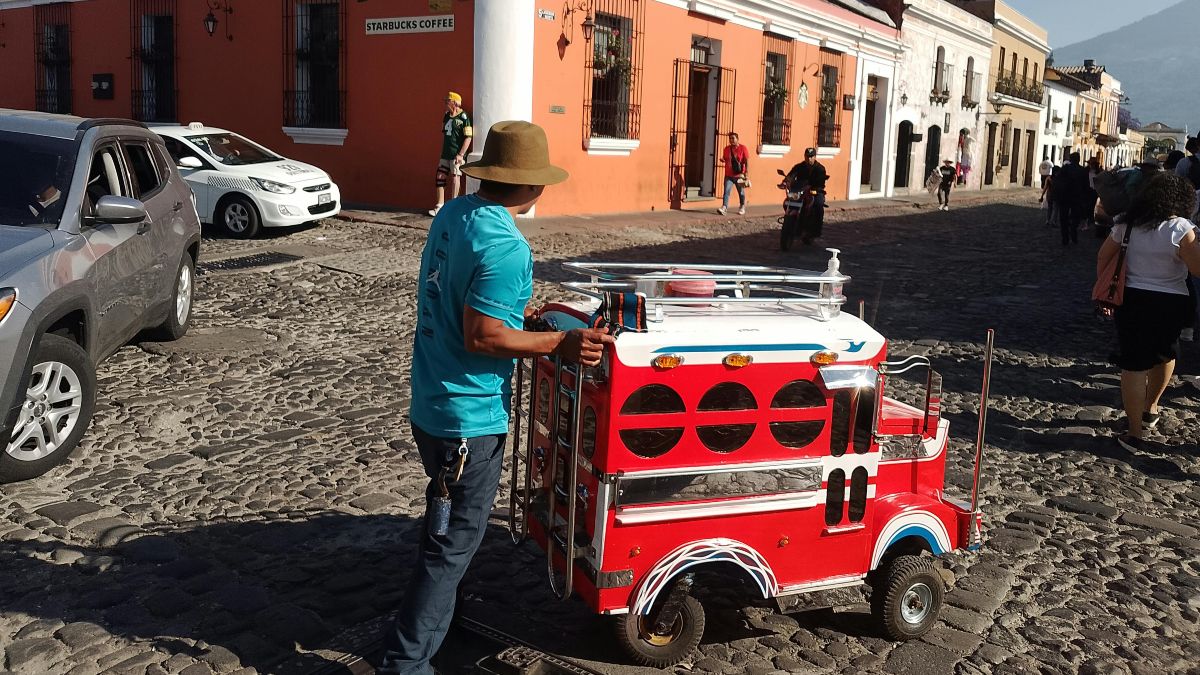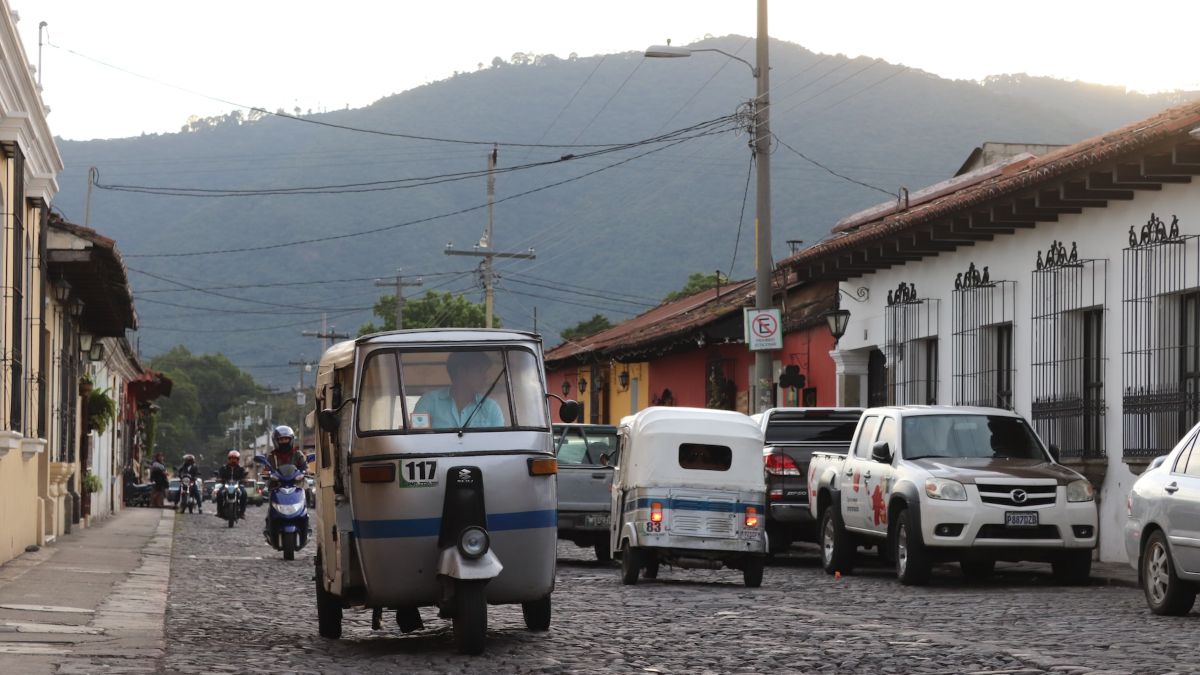To open or not to open: The Guatemalan economy eyes up a July 27 reopening plan after four months of strict lockdown. Is this a good ideas or not?
Over the past two weeks, health authorities in Guatemala have confirmed a rolling average of somewhere between 900 and 1,000 new cases of COVID-19 per day. Since a new commission took charge of the effort to combat the pandemic, these numbers appear to be more reliable.
And although things seen to be spiralling out of control on the health front, President Giammattei’s administration has put its mind to the possibility of reopening the economy.
The Economy Ministry recently called for an August 31 reopening of Guatemala. It remains to be seen if this will happen, given this administration’s iffy reputation when it comes to setting dates.
#InformeNacional | A partir del 27 de julio iniciará a funcionar un sistema de alertas COVID-19, que clasificará con los colores rojos, anaranjado, amarillo y verde, la representación de números de contagios de esa enfermedad en las regiones del país.https://t.co/57VQyZcnGt pic.twitter.com/euW2RGnZYK
— Gobierno Guatemala (@GuatemalaGob) July 14, 2020
But some things are happening. Last weekend, the government released official plans to reopen on a local level, using a color-coded alert system.
The idea is to “green light” municipalities with no positive COVID-19 cases, while keeping others locked down. It’s an attempt to reopen the economy in what authorities deem the least-infected parts of Guatemala.
July 27 is the date they plan to start this new system. As I write, that’s in ten days time. This means we can assume that the national “State of Catastrophe” will end at that time, or by August. In his weekly Sunday night address, President Giammattei called for “recovery” while outlining these plans.
Looking at the shattered remains of the Guatemalan economy after four months of shutdown is sobering.
Official figures cite a loss of 60,000 jobs. Considering that roughly 70% of the Guatemalan economy is underground, and not included in these numbers, it’s impossible to confirm the true amount of lost jobs. Certainly a lot more than 60,000.
Local think tank FUNDESA has issued grim figures about jobs in Guatemala. They estimate that the pandemic will cost around 1,500,000 jobs in total.
In particular, the tourism sector expects to shed almost 43% of its employees, with agriculture losing over 26% of workers. The Guatemalan economy is highly dependent on both sectors.
“With the entire tourism sector in Guatemala at a standstill, the losses that hotels, tour operators and local businesses are encrueing are piling up. And so are the unemployed…” #Guatemala #tourism https://t.co/KOWnO0BivB pic.twitter.com/RFzDnbWllE
— CentralAmericaLiving (@VidaAmerica) June 6, 2020
Those lucky enough to still have jobs in Guatemala would – in a normal world – expect to receive their Bono 14 payments in July.
This is a government-mandated bonus for all public and private sector employees enshrined in law to be paid in the first two weeks of July.
This year though, the Bono 14 is on hiatus. Authorities have said that employers need to honor the Bono 14 payments for their employees, but most companies won’t or can’t do this.
Many Guatemalans rely on their Bono 14 payment each year, figuring it into their annual budgets. Losing this is a bitter blow for them and only leads to more hardship.
Tax revenues are also expected to plunge in 2020. Economists project a loss this year of over a billion quetzales (about $130 million) in tax revenue. Considering Guatemala has one of the lowest tax rates in the Americas, this is a massive loss.
Hoy el Ministerio de Trabajo inicia operativos de inspección de pago del Bono 14. pic.twitter.com/HBZp8n5sh9
— Victor Bolaños (@vichoguate) July 16, 2020
But it’s not all bad news for the Guatemalan economy, believe it or not.
Figures from the Central Bank of Guatemala show a surprising 15% increase in remittances from the United States in May. This directly correlates to the May reopenings of several states with large amounts of Guatemalan immigrants. Think California, Texas, Georgia, and Florida for example.
Guatemalans rely on remittances from abroad – mostly from the United States. In 2018, Guatemala received almost $9.3 billion dollars in remittances. That worked out at 12% of Guatemala’s GDP for that year.
While the Central Bank data is welcome news, it’s not nearly enough. And in may well prove to be short-lived, anyway.
Many US states are shutting again, as they battle second waves of COVID-19. This will almost certainly affect the ability of Guatemalan immigrants to send money home.
So should the Guatemalan economy open up on July 27?
Cases are mounting, hospitals are overrun, and cemeteries struggle to keep up with the amount of dead. The highly-touted COVID field hospitals are a shambles.
But all that said, it’s also of the utmost importance that the economy reopens as soon as possible. Otherwise, no matter how bad the pandemic is, the effects of a collapsed country may well be worse.
Whichever way you look at it, there’s an enormous social cost to pay here, whether we open up or stay locked down.
In the long run, I believe the ultimate cost of staying locked down will be greater. Some estimates even project a lost decade for Latin America. I know plenty of other people disagree with me, and I can certainly see their point of view.
Recent experiences in #CostaRica, #Florida and #Spain would seem to indicate reopening #Guatemala will almost certainly lead to a rebound in #covid19 cases. #coronavirusgt.
— Nic Wirtz (@NicWirtz) July 13, 2020
At this stage, everyone agrees that a measured approach to reopening the Guatemalan economy is required.
Guatemala will be coming out of one of the strictest lockdowns in Central America and needs to do so with care.
One thing authorities are nervous about is having to shut down things again after reopening, like we’re seeing in Costa Rica, for example.
Bottom line is, the Guatemalan economy can’t afford to be on lockdown much longer. The social and economic aspects of lockdown, not to mention the propensity for increased crime and unrest look grim enough as it is.
Keeping businesses closed means employment won’t recover in time to avoid a catastrophic collapse of Central America’s largest economy.
With deaths piling up, health authorities out of ammo, unemployment and hunger soaring, and remittances plummeting, it’s only a matter of time before the wheels begin to come off.#guatemala #CoronavirusGT https://t.co/plbxvizdgG
— CentralAmericaLiving (@VidaAmerica) June 27, 2020
But will reopening on July 27 even work?
That’s the big question. As it stands right now, most of Guatemala is – technically-speaking – actually okay to open up, in either green or yellow-alert areas. The problem is, most of the businesses are in red areas, where the virus runs rampant. Red areas (primarily in and around Guatemala City) account for over 65% of Guatemala’s GDP.
So the system, as it stands right now, will still keep most of the Guatemalan economy shut down.
And despite what the government says, the private sector is still looking beyond July and August towards December as a realistic time to reopen.
Will the private sector even survive until December? Can the Guatemala economy survive another four or five months locked down? Can people hold out that long without work or any income coming in?
One thing’s for sure. If things don’t improve, we’ll see waves of Central American immigrants leaving their collapsed countries to knock on Donald Trump’s (or Joe Biden’s) door once the borders open up again.
Nestor Quixtan is a Canadian/Guatemalan economist, linguist, and writer. He lives in Guatemala City.




